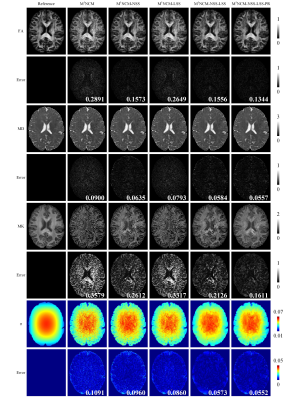Li Guo1,2,3, Lyu Jian2,3, Yingjie Mei4, Mingyong Gao1, Yanqiu Feng2,3, and Xinyuan Zhang2,3,5
1Department of MRI, The First People’s Hospital of Foshan (Affiliated Foshan Hospital of Sun Yat-sen University), Foshan, China, 2School of Biomedical Engineering, Southern Medical University, Guangzhou, China, 3Guangdong Provincial Key Laboratory of Medical Image Processing, Southern Medical University, Guangzhou, China, 4Philips Healthcare, Guangzhou, China, 5Guangdong-Hong Kong-Macao Greater Bay Area Center for Brain Science and Brain-Inspired Intelligence, Guangzhou, China
1Department of MRI, The First People’s Hospital of Foshan (Affiliated Foshan Hospital of Sun Yat-sen University), Foshan, China, 2School of Biomedical Engineering, Southern Medical University, Guangzhou, China, 3Guangdong Provincial Key Laboratory of Medical Image Processing, Southern Medical University, Guangzhou, China, 4Philips Healthcare, Guangzhou, China, 5Guangdong-Hong Kong-Macao Greater Bay Area Center for Brain Science and Brain-Inspired Intelligence, Guangzhou, China
The unified framework
that integrates multiple prior information including nonlocal structural
self-similarity, local spatial smoothness, physical relevance of DKI model, and
noise characteristic of magnitude diffusion images can improve the accuracy of
DKI tensor estimation.

Figure 3. FA, MD, MK, noise SD (σ) maps and
their corresponding error maps of the M1NCM-based methods, using the
simulated data with unstationary noise level of 0.02. The error maps show the
absolute difference between the reference parameters and the estimated
parameters. The RMSE of each parameter map is shown in the right bottom of its
error map. The unit of the MD is ×10-3 mm2/s.
